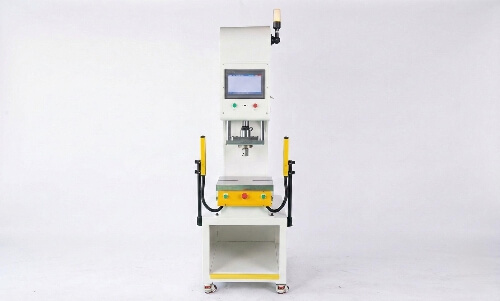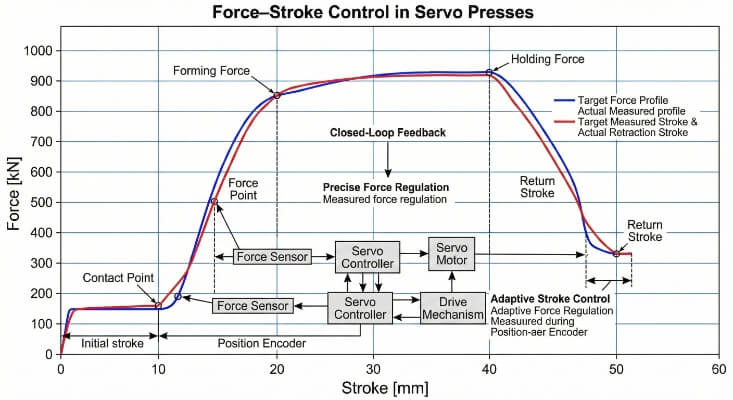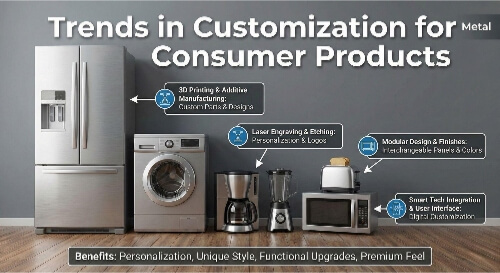Do you need help finding the perfect finish for your stainless steel projects? We know how vital the right finish is for both aesthetics and functionality. The 2B finish stands out due to its unique properties and versatility. This blog post will explore what makes the 2B finish special and how it can benefit your projects.
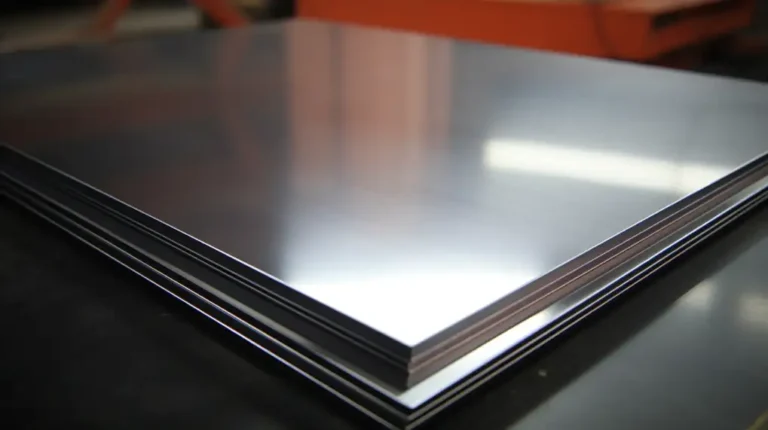
Understanding Stainless Steel Surface Finishes
What is Stainless 2B Finish?
The 2B finish on stainless steel is widely used. The 2B finish is smooth, reflective, and grayish. Cold rolling steel is obtained from this finish, followed closely by heat treatment and pickling. Then, a light roll using highly polished rollers is used to achieve the desired result. This finish is uniform and consistent, making it ideal for various applications.
Types of Stainless Steel Surface Finishes
- 1D finish: A rough, dull surface is achieved by hot-rolling and annealing. This finish is used for applications that do not require a smooth surface.
- 2D finish: Smoother than 1D. It is achieved through cold rolling, followed by annealing and picking. It is matte in appearance and used for industrial purposes.
- Finish 2B: This is the most common finish. It can be achieved through cold rolling, heat treating, pickling, and light rolling. It is a smooth, reflective finish that can be used for many applications.
- BA Finish (Bright Annealed): A highly reflecting, mirror-like surface achieved by bright annealing within a controlled atmosphere. It’s used in decorative applications and high-end applications.
Comparing 2B Finish with Other Finishes
- 1D Finish and 2B Finish: A 1D finish has a rough, dull appearance. It is suitable for structural purposes where the appearance is less critical. The 2B finish is reflective and smooth, which makes it perfect for aesthetic purposes.
- 2D vs.2B Finish: A 2D finish is matte and used in industrial applications. The 2B finish is more flexible for functional and decorative purposes due to its higher level of smoothness.
- BA Finish vs. 2B Finish: BA is highly reflective, mirror-like, and used for decorative and high-end purposes. While reflective, the 2B finish is softer and is used for general applications.
Quick Comparison
This table compares the 2B finish with other standard stainless steel finishes.
| Finish Type | Description | Surface Texture | Typical Applications | Pros | Cons |
|---|---|---|---|---|---|
| 1D Finish | Achieved by hot rolling and annealing. | Rough, dull surface. | Structural applications where appearance is not crucial. | High durability, cost-effective. | Poor aesthetic appeal, rough surface. |
| 2D Finish | Cold rolling followed by annealing and pickling. | Matte surface. | Industrial applications. | Improved smoothness over 1D, better corrosion resistance. | Not as aesthetically pleasing as 2B. |
| 2B Finish | Cold rolling, heat treatment, pickling, and light rolling. | Smooth, reflective, grayish surface. | Kitchen appliances, architectural elements, automotive parts. | Aesthetic appeal, good corrosion resistance, easy to clean, versatile, cost-effective. | Susceptible to scratches and smudges, not suitable for high-end decorative applications. |
| BA (Bright Annealed) Finish | Bright annealing in a controlled atmosphere furnace. | Highly reflective, mirror-like surface. | Decorative purposes, high-end applications. | Superior aesthetic appeal, high reflectivity. | More expensive, can show fingerprints and smudges easily. |
Composition and Properties
Chemical Composition Of Stainless Steel 2B Finish
- Primary elements: In stainless steel with a 2B finish, the primary elements are iron, chromium (16-18%), and nickel (8-10%). Nickel adds strength and toughness, while chromium increases corrosion resistance.
- Minor elements: Stainless Steel may also contain small quantities of manganese and silicon. These elements improve the steel’s overall properties, such as its strength and resistance to corrosion.
Physical Properties
- Mechanical strength: Stainless Steel with a finish of 2B has excellent mechanical resistance. It can withstand pressure and high stress, which makes it ideal for industrial and structural applications.
- High Corrosion Resistant: Due to the presence of chrome, the 2B finish provides excellent corrosion resistance. It is, therefore, ideal for environments in which the material may be exposed to chemicals or moisture.
- Surface Smoothness: The 2B finish’s smooth surface is easy to clean and adds aesthetic appeal. This is especially beneficial for industries that demand high cleanliness levels, such as medical equipment and food processing.
Manufacturing Process
Production steps for Stainless Steel 2B finish
- Cold rolling: The first step of the production process. The stainless steel is rolled at temperatures below the recrystallization temperature. The thickness of the steel is reduced, and its strength increases.
- Annealing: The steel is annealed after cold rolling. The steel is heated to a high heat and then cooled slowly. The steel becomes more flexible and pliable after annealing.
- Pickling: After annealing, the steel is pickled. The steel is treated with acid to remove scale and impurities. Pickling produces a smooth, clean surface.
- Passivation: Finally, the steel is passivated. This process increases the corrosion resistance of the steel by creating an oxide layer on its surface.
Quality Control Measures
- Inspection Techniques: The 2B finish is subjected to a rigorous inspection to ensure its highest quality. Techniques such as visual inspection, surface smoothness measurement, and chemical analysis will verify the finish’s compliance with the standards.
- Standards Compliant: Production of the 2B finish complies with international standards such as ASTM or ISO. These standards ensure the finish meets all the criteria for performance and quality.
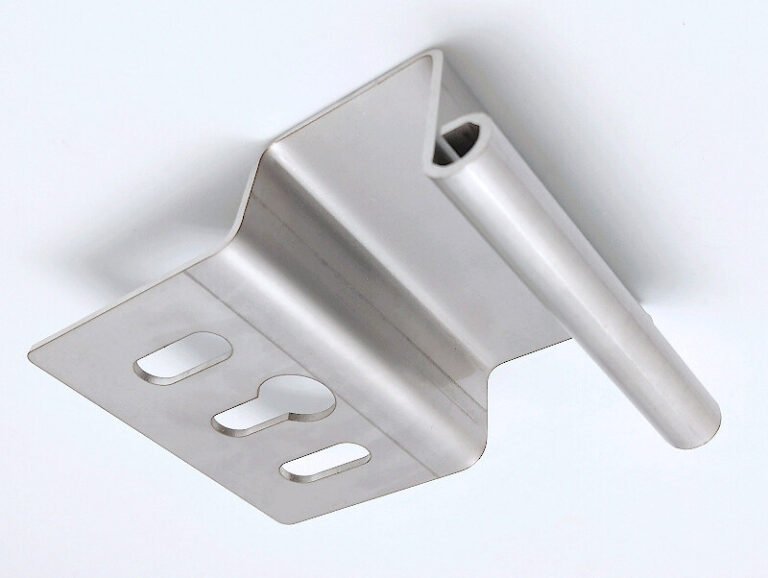
Stainless Steel 2B Finish: Pros and cons
Pros
- Enhances aesthetic appeal: The smooth, reflective surface is ideal for decorative and functional uses.
- Corrosion Resistant: A high chromium content provides excellent resistance to chemicals and moisture.
- Durability: Resists wear, providing long-lasting performance.
- Easy To Clean: The smooth surface is ideal for food processing or medical equipment industries.
- Versatility: Suitable for various applications, including kitchen appliances and architectural elements.
- Cost Effective: Economical compared to other finishes, offering excellent value for large projects.
Cons
- Surfaces prone to Scratches: A smooth surface is more susceptible to scratches. This can affect the appearance.
- Smudges and Fingerprints: The reflective nature of the surface makes fingerprints more visible and requires regular cleaning.
- High-End Limited Use: This is unsuitable for high-end applications requiring a mirror finish.
- Not ideal for heavy industrial applications: The rougher finish, like 1D, is better for heavy-duty industry use because of the increased resistance to damage and wear.
Stainless Steel 2B finish: Applications
Chemical Processing Equipment
- Storage tanks
- Reactors
- Piping systems
- Heat exchangers
Pharmaceutical Equipment
- Mixing tanks
- Cleanroom Furniture
- Sterilizers
- Laboratory Countertops
Building Facades
- Exterior wall cladding
- Decorative panels
- Elevator doors
- Handrails and guardrails
Interior Design Elements
- Wall Coverings
- Ceiling tiles
- Light Fixtures
- Furniture Accents
Kitchen Appliances
- Refrigerators
- Ovens and ranges
- Sinks and counters
- Dishwashers
Automotive Parts
- Exhaust systems
- Trim and molding
- Fuel tanks
- Engine components
Maintenance and Care
Cleaning Techniques
- Regular Cleansing Methods: Wipe down the surface using a soft sponge or cloth with mild soap. Baking soda mixed with water will work well for more stubborn stains. To prevent water spots, rinse thoroughly with clean water. Then dry with a soft towel.
- Avoiding Damage to Surfaces: Avoid abrasive cleaning materials, such as steel wool or harsh chemicals. These can damage or scratch the finish. Use non-abrasive tools and non-acidic, gentle cleaners to maintain a smooth, reflective finish.
Preventive measures
- Protect Against Corrosion: Do not expose your metals to acidic or chloride substances for a prolonged period. A thin layer of wax or oil can act as an additional barrier to moisture and corrosive substances.
- Handling precautions: Use clean gloves to avoid fingerprints and smudges when handling stainless steel. Store the material in a covered and dry area to protect it from damaging environmental factors.
Conclusion
Understanding the production process, the composition, the properties, and the maintenance requirements for the stainless steel 2B finish will help you make informed decisions to improve the performance and quality of your products. The stainless steel 2B finish combines aesthetics, functionality, and cost-effectiveness.
Do you need a reliable sheet metal parts manufacturer? Shengen is the place to go. We specialize in sheet metal laser cutting, bending, surface finish, and CNC Machining. Reach out to Shengen Today and seek help from professionals!
FAQs
How does a 2B finish enhance product durability?
The 2B finish increases product durability by providing a smooth and uniform surface resistant to contaminants and corrosion. Cold rolling increases material strength and hardness. The chromium content provides excellent corrosion resistance.
What industries use 2B finish stainless steel?
Chemical processing, pharmaceuticals, interior design, kitchen appliances, and automobile manufacturing are all industries that use 2B finish stainless.
How do you clean and maintain 2B Surfaces?
Regularly clean and maintain 2B surfaces with a soft, damp cloth and mild soap. Baking soda and water can be used to remove stubborn stains. Avoid harsh chemicals and abrasive products. To prevent water marks, rinse thoroughly and dry with a soft towel. Extra protection can be provided by applying a protective wax or oil.
What are the benefits of stainless steel with a 2B finish?
The 2B finish on stainless steel is an environmentally friendly option due to its durability and corrosion resistance. It can be recycled and does not require any harmful chemicals.
More Resources:
Types of stainless steel finishes – Source: Metal Supermarkets
Cold rolling process – Source: Ulbrich
Pickling process – Source: Wikipedia
Hey, I'm Kevin Lee

For the past 10 years, I’ve been immersed in various forms of sheet metal fabrication, sharing cool insights here from my experiences across diverse workshops.
Get in touch

Kevin Lee
I have over ten years of professional experience in sheet metal fabrication, specializing in laser cutting, bending, welding, and surface treatment techniques. As the Technical Director at Shengen, I am committed to solving complex manufacturing challenges and driving innovation and quality in each project.

